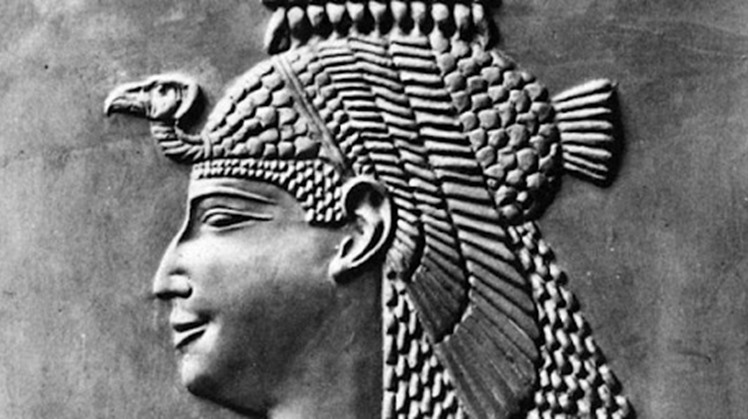Ancient writers and historians confirm that Cleopatra VII and Mark Antony were buried together in a tomb after their death in 30 BC, where the historian Plutarch (45-120 AD) wrote that the tomb is located near the temple of Isis, an Egyptian deity, and was a "noble and beautiful" monument containing Treasures made of gold, silver, emeralds, pearls, ebony and ivory.
The location of the cemetery has remained unknown since the date of the burial (in 30 BC) and it is believed that the burial place is near Alexandria in Egypt, and based on the opinion of the Roman historians Suetonius and Plutarch, the Roman commander Augustus allowed their burial together after he defeated them and the survivors of their children were taken to Rome to be buried. They grow up as Roman citizens.
According to Live Science, in 2010, Zahi Hawass, the former Egyptian Minister of Antiquities, launched excavations at a site near Alexandria now called Taposiris Magna, which contains a number of tombs dating back to the era when Egypt ruled Cleopatra VII.
While many interesting archaeological discoveries have been made, Cleopatra VII's tomb was not among them, and archaeologists have asserted that even if Cleopatra's tomb survived to this day, it was certainly severely looted and unrecognizable.
A year ago, scientists discovered two mummies of those who lived in the time of Cleopatra in the city of Abu Sir, near the city of Alexandria, which indicates that the queen was certainly buried 2000 years ago in Alexandria, the bride of the Mediterranean.
 Sun, Dec. 19, 2021
Sun, Dec. 19, 2021